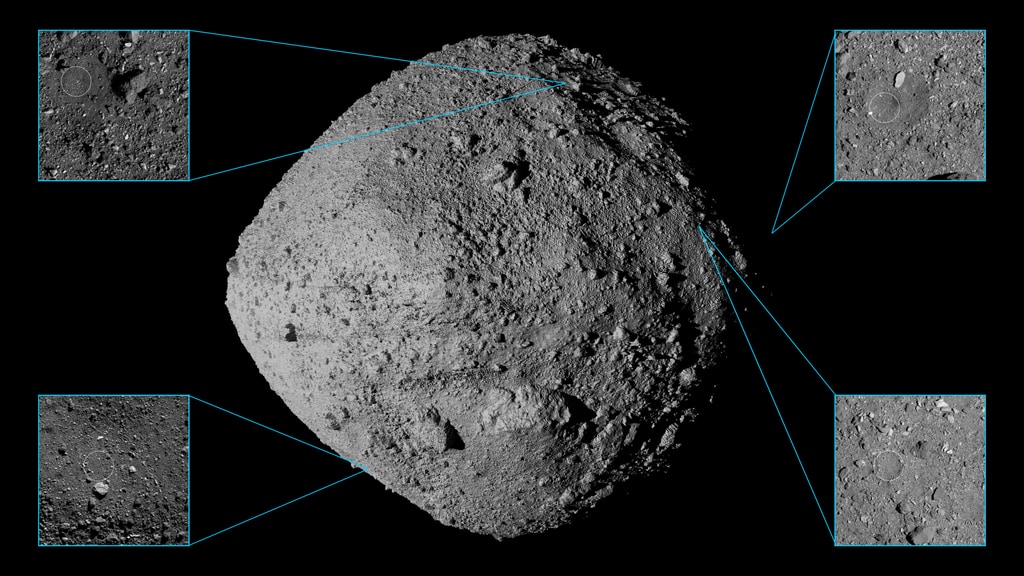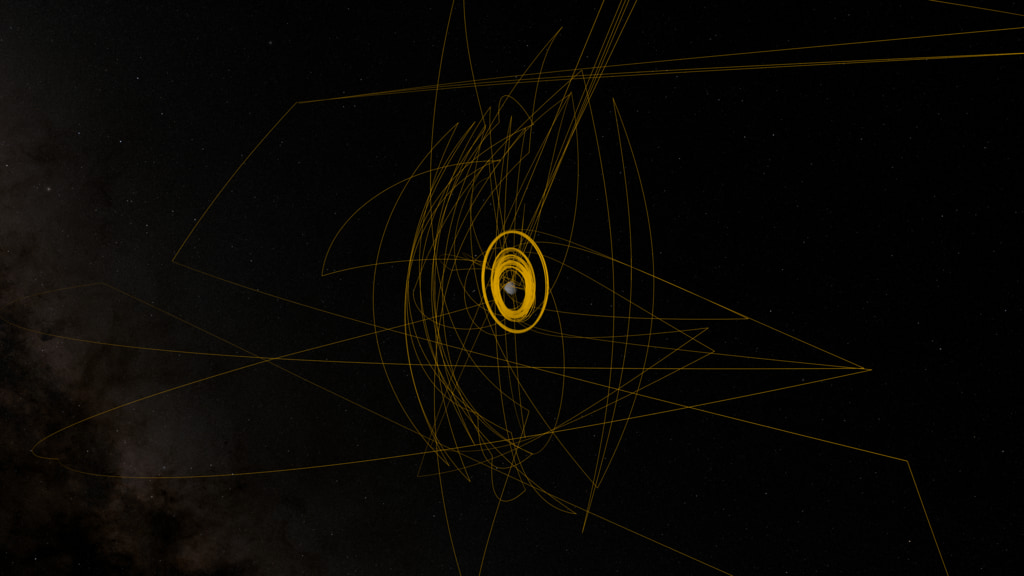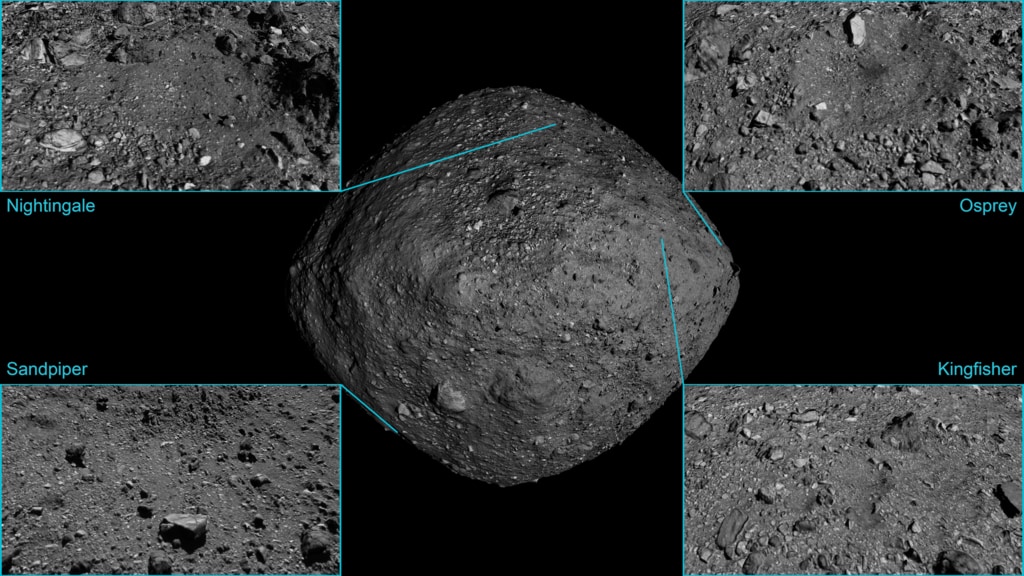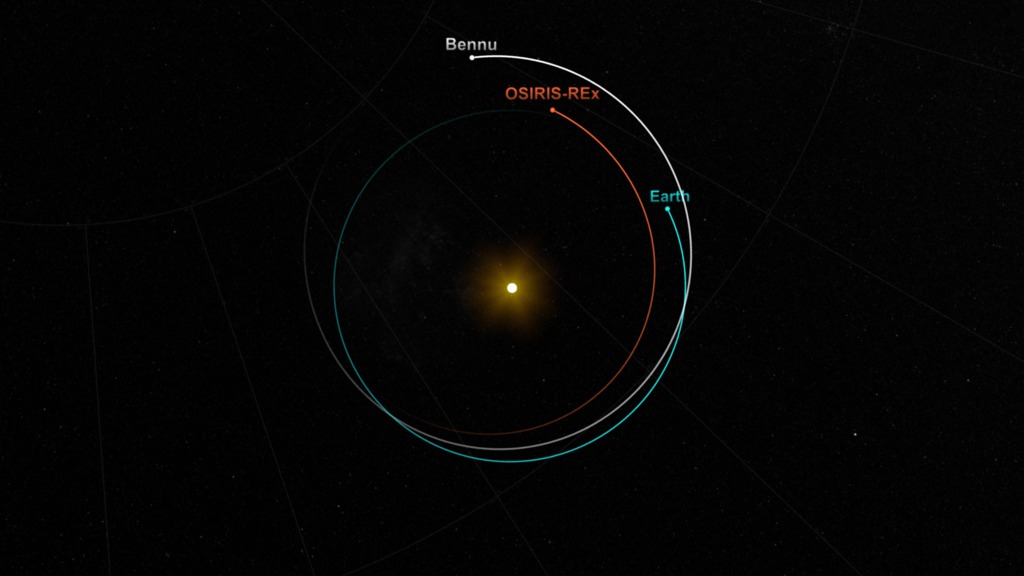Asteroid Bennu: Selecting Site Nightingale
After a year of studying asteroid Bennu, the OSIRIS-REx mission chose a location called “Nightingale” as the primary sample collection site.
Universal Production Music: “Extreme Measures” by John Sands and Marc Ferrari, “Ice Echoes” by Dominik Luke Marsden Johnson, “Look at the Mirror” by Jonathan Figoli
Watch this video on the NASA Goddard YouTube channel.
Complete transcript available.
OSIRIS-REx is a NASA mission to explore near-Earth asteroid Bennu and return a sample to Earth. Prior to arriving at Bennu, mission planners had expected the asteroid’s surface to consist largely of fine particulate material, similar to gravel. When OSIRIS-REx arrived in December 2018, however, it was greeted by a rocky world covered with boulders.
This unexpected ruggedness means that there are few places on Bennu where OSIRIS-REx can safely touch down and collect a sample. After a year of studying the asteroid, the mission announced a primary sample collection site, which they designated “Nightingale,” along with a backup site called “Osprey.” In October 2020, OSIRIS-REx will descend to Bennu and attempt to collect up to four-and-a-half pounds of loose material, for return to Earth in 2023.
Learn more about the selection of sample site Nightingale.
Thermal map of asteroid Bennu
In the thermal map above, asteroid Bennu’s surface temperatures dramatically change from the night side to the day side, experiencing swings of 270 degrees Fahrenheit. The time that it takes for an object to heat up or cool down is determined by its thermal inertia — a property that can be useful in the remote study of planetary bodies.
Fine particulate materials like sand or gravel tend to heat up and cool down quickly (low thermal inertia), while solid objects like rocks and boulders do so more slowly (high thermal inertia). By observing how a distant body like Bennu changes temperature over the course of a day, scientists can usually infer the average size of particles on its surface.
Before OSIRIS-REx arrived, scientists had observed that Bennu’s surface heats up and cools down relatively quickly, leading them to predict a mean particle size of about 2-3cm. OSIRIS-REx, however, was greeted by a predominantly rocky asteroid, littered with giant boulders. This discrepancy is one of the major surprises of the OSIRIS-REx mission.
For More Information
See NASA.gov
Credits
Please give credit for this item to:
NASA's Goddard Space Flight Center
Data provided by NASA/University of Arizona/CSA/York University/MDA.
-
Producer
- Dan Gallagher (USRA)
-
Writer
- Dan Gallagher (USRA)
-
Data visualizer
- Kel Elkins (USRA)
-
Narrator
- Swarupa Nune (InuTeq)
-
Animators
- Walt Feimer (KBR Wyle Services, LLC)
- Michael Lentz (USRA)
- Josh Masters (Freelance)
- Lisa Poje (Freelance)
-
Support
- Erin Morton (The University of Arizona)
-
Technical support
- Aaron E. Lepsch (ADNET Systems, Inc.)
Release date
This page was originally published on Thursday, February 27, 2020.
This page was last updated on Wednesday, May 3, 2023 at 1:45 PM EDT.
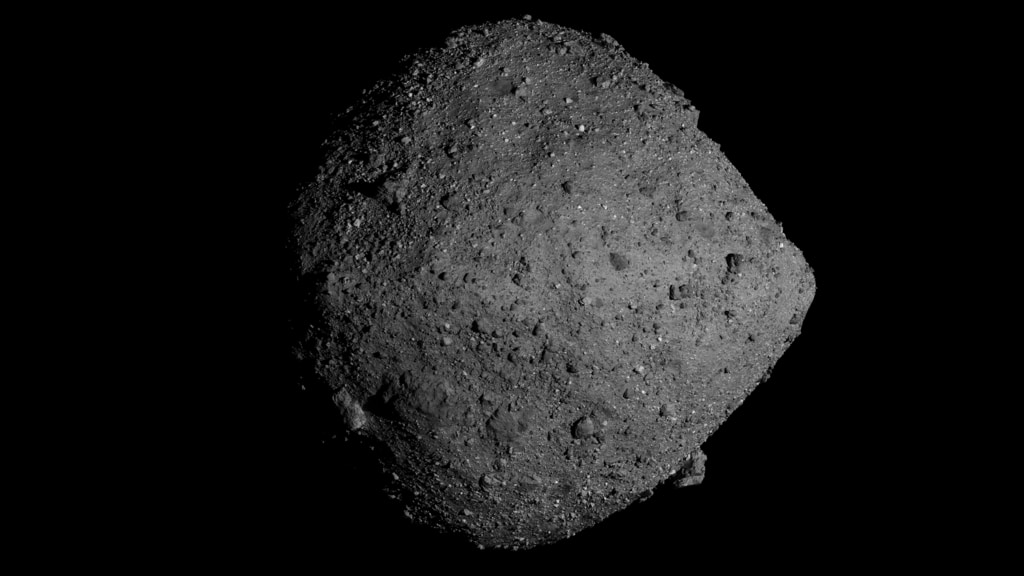
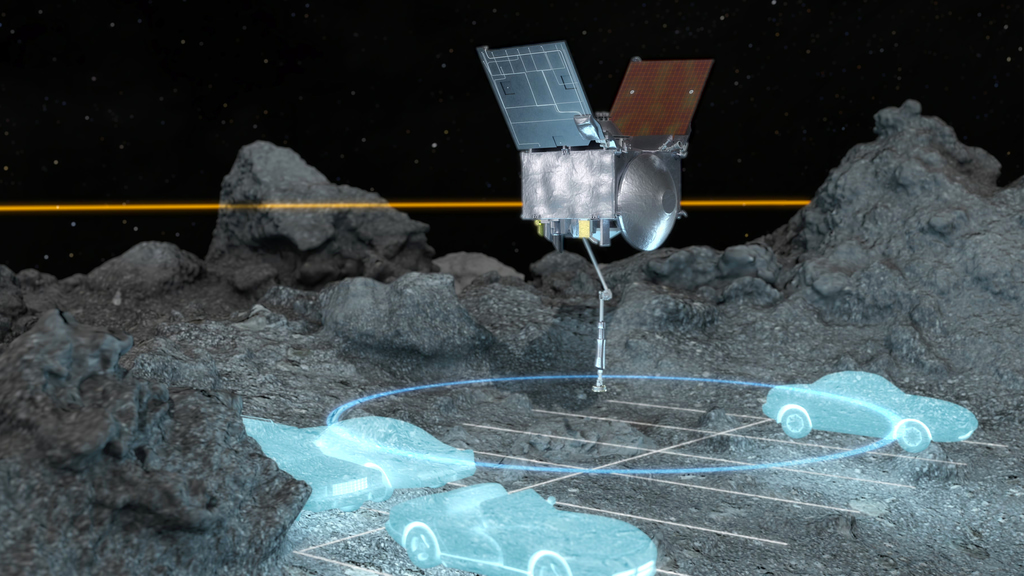

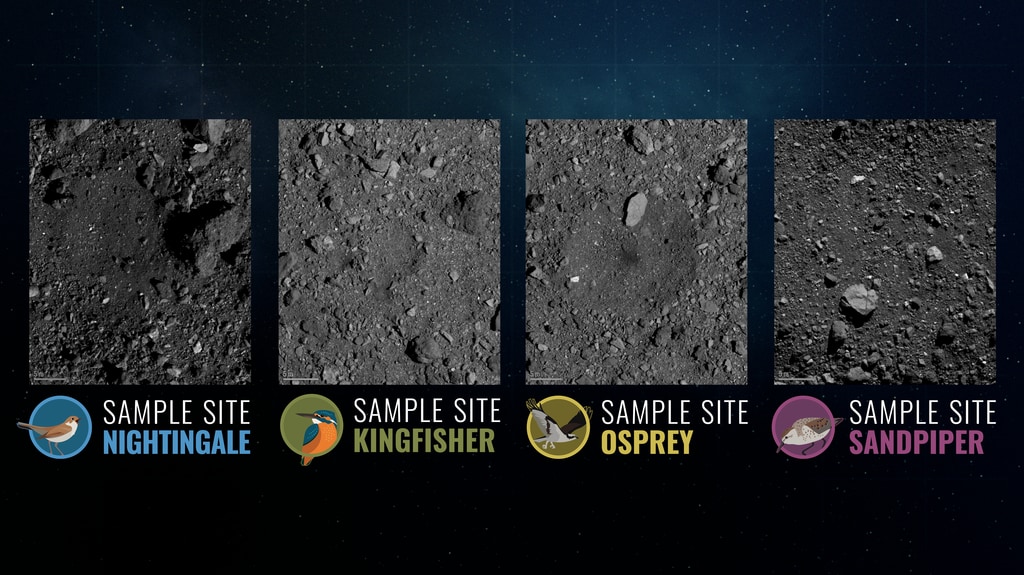
![NASA Science Live: OSIRIS-REx - X Marks the Spot [Episode 13]Air Date: December, 12, 2019Watch this video on the ScienceAtNASA YouTube channel.](/vis/a010000/a013500/a013504/NSL_ep13_still_print.jpg)
